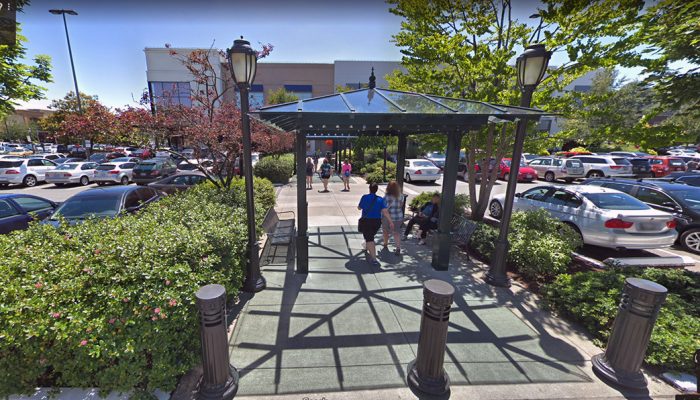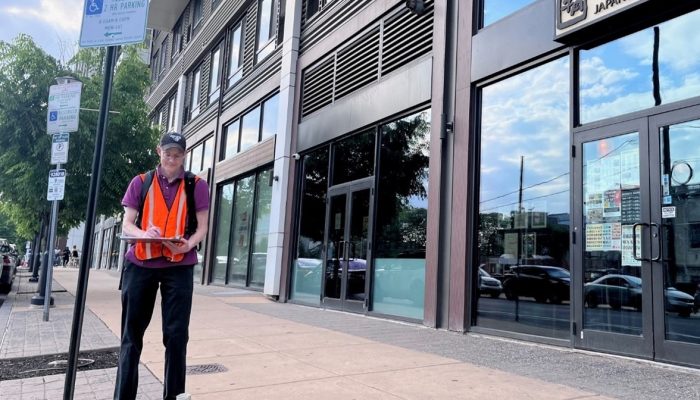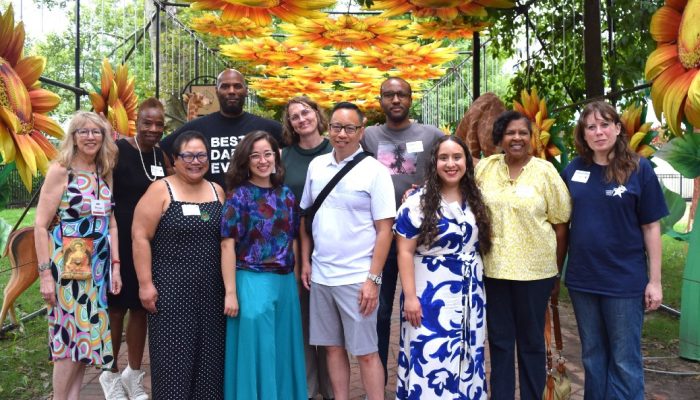Retail stores were already facing a challenging reality before the COVID-19 pandemic, with uncertainty about the future of brick and mortar shops as consumer behavior changes with technology.
Too many stores were built over time. More people are shopping online. And now, growing inequality has left consumers with too little spending money after paying their bills. The pandemic and resulting restrictions have only accelerated these trends. Some stores are closing on commercial streets and in shopping centers.
Store vacancies mean fewer jobs and less tax revenue for the City. Vacancies also mean less rent money that owners have to maintain shopping centers. Vacant, unmaintained shopping centers become an eyesore for nearby businesses and communities.
We know that retail won’t be the same moving forward, but we can make a plan for improving retail areas throughout the city.
Recommendations
How do we fix shopping centers so that the stores in them can thrive? The City Planning Commission took a look at strip malls and shopping centers in Philadelphia and around the country to develop some ideas.
- Make them safer. Reduce conflicts between cars and pedestrians in the parking lot. Build walkways through the parking lot and separate them from traffic with trees and shrubs. Reduce the conflicts between cars in the lot and cars on the roads next to them.
- Make them more welcoming. Turn areas outside store entrances into public open space that connects the street to the store. Add transit stops and shuttle service so people without a car can more easily visit.
- Make them more active. Allowing apartments, offices, and hotels will add more life – and more shoppers – to the centers. Adding small parks, benches, and outdoor dining will create spaces for people to stay instead of grab-and-go.
- Stop overbuilding parking. Shopping centers almost never use all the parking they are forced to build. Let them build less.
- Make them greener. Trees and other plants separate pedestrians from cars, offer shade, and soak up stormwater.
- Create “Main Streets.” Orienting buildings towards walkways, drive aisles, and green spaces can make shoppers feel like they are downtown.
- Allow medium-sized retail warehouses and smaller industrial businesses in some places. It can be convenient to shop online and pick up at a nearby shopping center.
- Offer developers and owners of shopping centers incentives to change. This can be done through zoning changes, coordinating with public investments, and City programs for businesses.
- Support small and local businesses as they adapt to the changing retail market, allowing them to stay in an upgraded shopping center. Many small businesses are minority and immigrant owned, serving vital services to communities and providing jobs for residents.
What’s Next?
Stakeholders can:
- Work with City Council and partner agencies to update the zoning and parking code.
- Reach out to shopping center owners and business groups that may want to work together with the City to improve areas within and around shopping centers and strip malls.
- Get the word out to residents and community groups so they can learn about and push good design principles.
To learn more, read the full report and executive summary. You may also reach out to PCPC at:
Greg Waldman, AICP
gregory.waldman@phila.gov
215.683.4666




